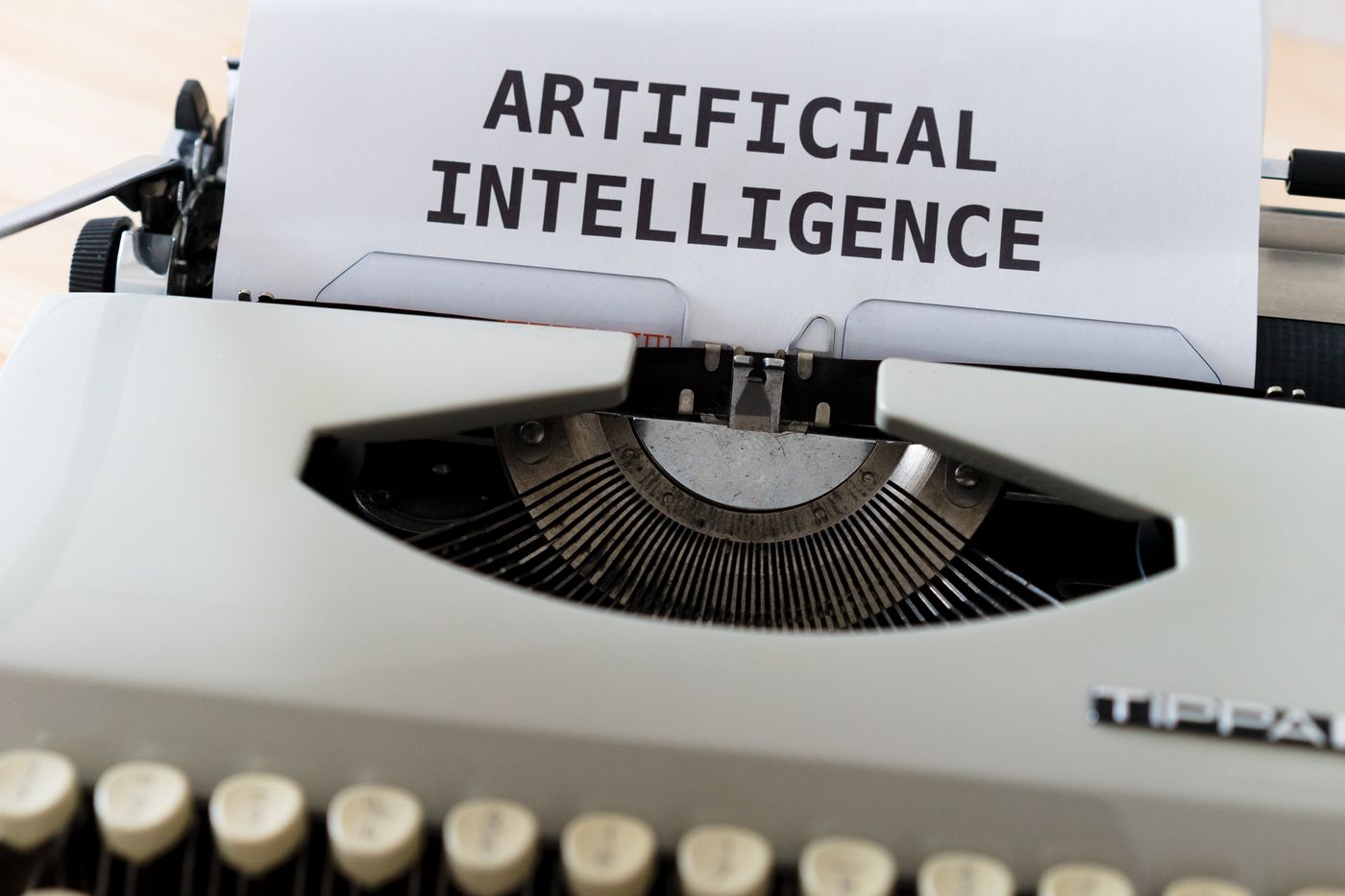AI: The Future of Medtech
Artificial intelligence (AI) is driving disruption in almost every sector with even the most passing involvement with IT. Medtech, of course, is no different. AI software with healthcare applications is a market experiencing tremendous growth and is projected to swell to over $67b by 2027. This has not gone unnoticed among tech entrepreneurs, and startups around the world have sprung up in an attempt to generate innovative new solutions that can take healthcare into the future. While the pandemic proved a major challenge for the medtech sector, it also accelerated the trend towards more digitally orientated healthcare solutions, like remote care and the application of robotics in treatments. Both these fields are just two examples of future medtech frontiers that will hinge on the implementation of machine learning and AI.
AI and Healthcare Administration
Both patients and healthcare providers look to benefit from more efficient processes in healthcare administration brought on by AI. Rudimentary paperwork like digital transformation, patient data management, and report generation can all be carried out by AI to a high degree of accuracy. Not only will this improve patient wait times and make the treatment journey more streamlined, but AI can also reduce administrative costs for healthcare providers to generate savings that can be passed on to the patient. Elsewhere, AI can perform diagnostic routines by analyzing medical data such as scans and bloodwork for health markers and, ultimately, disease detection.
AI and Remote Care
Understandably, the pandemic has caused the demand for remote care to skyrocket, as patients would rather avoid the increased risk of contracting Covid inherent in physically attending medical facilities. Although providers and patients were faced with a learning curve in familiarizing themselves with remote care, the service now looks like it’s here to stay. When medtech reporter Sarah Buhr recently interviewed a series of medtech VPs, they all resoundingly agreed that remote care would be a large part of the industry’s future. One of the added benefits of remote care is that it reduces the physical demands on patients with reduced mobility. AI comes into play with remote care by providing the underlying technology in sensors for computing the data harvested from sensors in-home care technology. This allows for algorithms to provide medical professionals with accurate patient data, and can even narrow down the list of possible causes to accelerate treatment timetables.
Stronger Data for Patient Care
Big data is a new technology frontier based on the AI-powered analysis of massive amounts of raw digital information through machine learning. In the context of medtech, AI can improve the analysis of patient data to improve treatments in fields like pharmaceutical development and genomics. Genomics is the area of medicine dedicated to the study of human genetics, in an effort to better understand how our innate DNA responds to the environment and dictates our overall health. AI analysis can provide high-quality data that can be included in a patient’s lifetime medical file to empower medical workers with optimized insights to inform every aspect of treatment. Genome research firms like 23andMe are already offering genetic sequencing tests that can offer practical applications for lifestyle choices and preventative insights to inform customers’ future healthcare decisions.
Where genomic analysis would once have taken massive amounts of time and specialized manpower, AI allows for deeper analysis at a fraction of previous costs. Given that there are so few professional geneticists in the medical field compared to the huge amount of people who suffer from serious genetic illnesses, the necessity of AI-powered genomics becomes obvious. Some medtech forecasters believe that, eventually, genetic sequencing will become a regular part of preliminary medical testing on a par with X-rays or phlebotomy.
Surgical Robotics and AI
Breakthroughs in robotics during the last five years have led to a surge in appetite for minimally invasive robotic surgery (MIRS) leading to a huge growth in the market for surgical robotics. This growth is likely to continue for the foreseeable future. By 2025, MIRS is projected to have been employed in over two million procedures with billions in market growth predicted. Many of these MIRS systems rely on AI and machine learning for calibration, sensors, and feedback.
Surgical robotics is, however, still limited by issues surrounding liability. If, for example, a patient suffers from an error while undergoing a surgery involving robotics, it’s currently very difficult to establish whether the legal obligation to the patient’s welfare falls to the supervising surgeon, programmer, or manufacturer. Perhaps the immediate future of AI-enabled robotics will lie with non-invasive designs, such as nanobots that can deliver targeted treatments to particular parts of the human body.
Wearables for Health Monitoring
The market for wearable health and fitness technology has made significant leaps in a relatively short space of time. Where once wearables were mostly associated with step trackers and heart rate monitors, today the technology is capable of performing preliminary healthcare diagnoses and monitoring real-time markers for chronic conditions. Oximeters now allow oxygen levels to be monitored in the blood of those with respiratory conditions, while sweat meters can alert diabetics to spikes and dips in their blood sugar levels.
The effects of advanced wearables on public health are two-fold. Firstly, the immediate effects of the technology itself can contribute to more preventative behaviors in users that will reduce the rates of development and exacerbation of more serious illnesses. Secondly, the wearables can generate data to contribute to the overall big data drive in healthcare driven by AI to better inform future medtech research.
Conclusion: AI on the Forefront of Medtech’s Future
Something of a holy trinity is emerging at the frontier of medtech development, composed of AI, big data, and the Internet of Medical Things (IoMT). IoMT-enabled smart devices that can harvest huge amounts of medical data for analysis by machine learning may one day be able to create an incredibly accurate picture of a patient’s key health markers with speed and efficiency. Such an outcome has the potential to revolutionize the character of modern medicine by delivering comprehensive diagnoses to accelerate treatment schedules and leave medical professionals with more time to devote to treatment. As these technologies continue to mature, it’s almost certain that we have yet to see their true value materialize.









